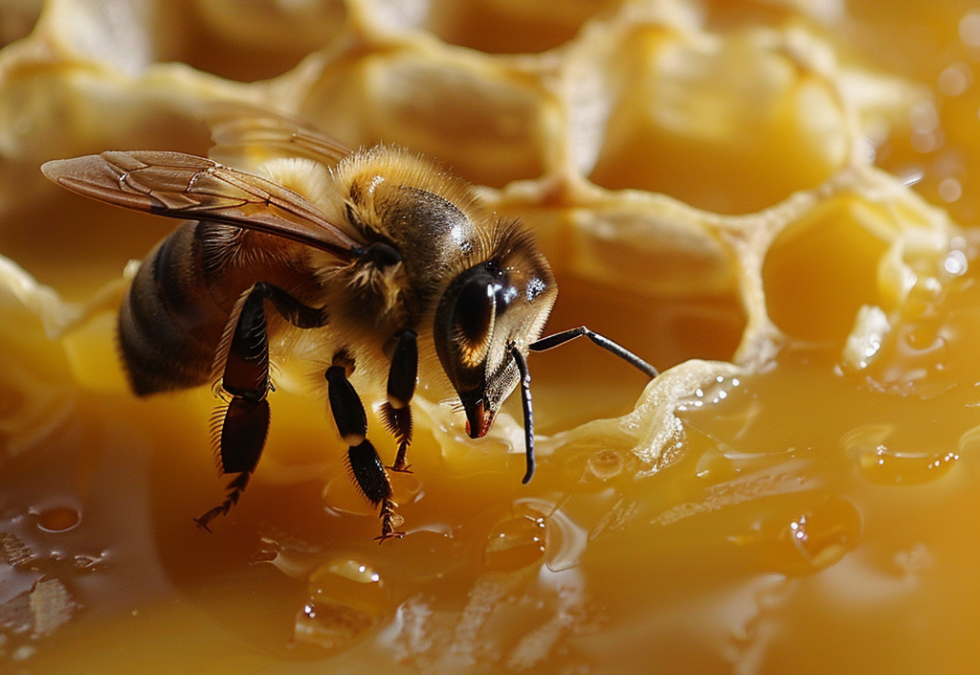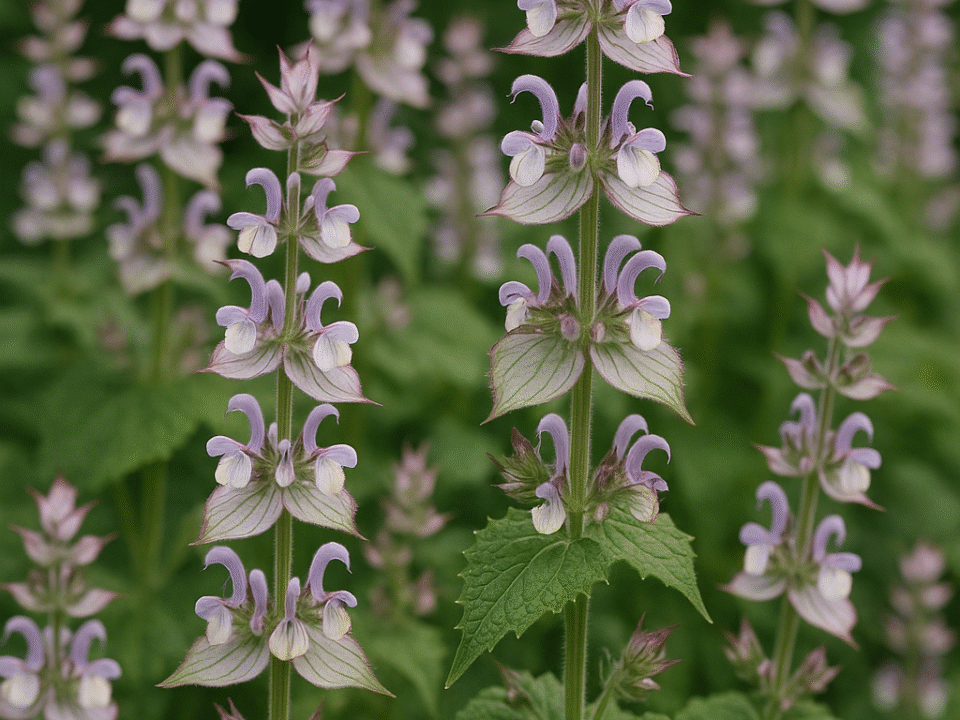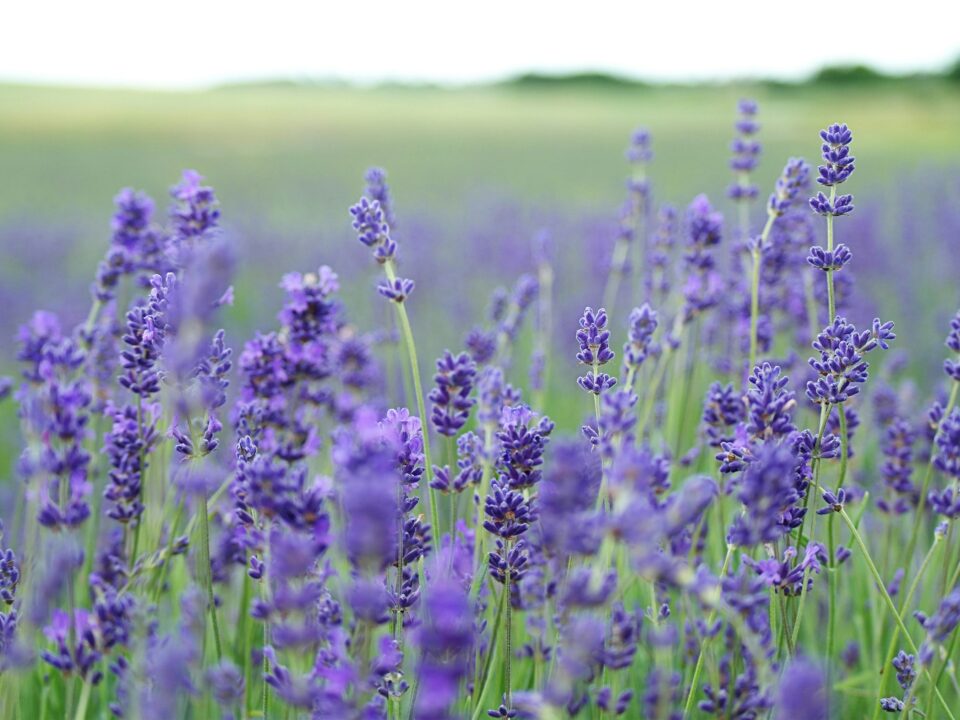
Beeswax, also known as cera alba, is a natural substance produced by the honey bees of the genus Apis. It originates from eight wax-producing glands located in the abdominal segments of worker bees, who then discard it within or around the hive. Workers in the hive collect this wax to construct cells for honey storage and to safeguard the larval and pupal stages within the beehive structure. On a chemical level, beeswax primarily comprises fatty acid esters and various long-chain alcohols.
Historically, beeswax has been utilized for a myriad of purposes, marking its significance as the first form of plastic. It served as a lubricant, a waterproofing agent, a medium for lost wax casting of metals and glass, and a polish for wood and leather. Additionally, it has been an essential component in candle making, cosmetics production, and encaustic painting, demonstrating its versatility across various domains.
In the realm of healthcare, beeswax finds its application in surgical bone wax to control bone surface bleeding during operations. It is also a key ingredient in shoe and furniture polish, where it is dissolved in turpentine, mixed with linseed or tung oil, and in modelling waxes. Furthermore, its utility extends to being an organic option for surfboard wax.
Cosmetically, beeswax offers numerous skin benefits. It hydrates, conditions, soothes, calms, and exfoliates the skin, aiding in damage repair and skin regeneration. It helps reduce the signs of aging, alleviates itchiness and irritation, and forms a protective barrier against pollutants. Its antioxidant and anti-inflammatory properties are especially beneficial for individuals with topical allergies or skin conditions like eczema and rosacea. Beeswax with high levels of propolis is known for its antioxidant, antimicrobial, and anti-inflammatory benefits.
The skin, being the body’s largest organ, protects against various external irritants, with the outermost layer, the stratum corneum (SC), playing a crucial role in this defence mechanism. Beeswax, as an occlusive found in many skincare products, helps prevent excess transepidermal water loss (TEWL), a key indicator of skin barrier integrity. Disruption in this barrier can lead to conditions such as atopic dermatitis (AD), xerosis cutis, and psoriasis. Beeswax’s role in skincare extends to treating burns, ulcers, and wounds, showcasing its protective capabilities against external environmental threats.
Petroleum-based products, despite their effectiveness as occlusives, are often disliked due to their greasy texture. Beeswax, however, offers a natural alternative, forming a protective film on the skin that shields against environmental irritants. It is widely used in cosmetics as a thickener and, when paired with ingredients like borax, as an emulsifier. The processing of beeswax for cosmetic use involves the removal of honey from honeycombs and purification through solar, electric, or steam-based methods. Available in both yellow (Cera flava) and white (Cera alba) varieties, beeswax serves as a foundation for various cosmetic products such as lipsticks, skin creams, ointments, lotions, and more.
The extensive use of beeswax in cosmetics not only enhances product texture and brilliance but also contributes to skin health. Scientific research supports its effectiveness in maintaining skin hydration, soothing inflammatory symptoms associated with skin diseases, and mitigating the effects of burns. Furthermore, beeswax’s impact on the skin microbiome has been noted to prevent the overgrowth of natural microbes, thus preventing conditions associated with tinea. This multifaceted utility of beeswax, from medicinal to cosmetic applications, underscores its enduring value and the natural benefits it offers for skin protection and care.



